Weird Geese
10,000 Birds
DECEMBER 14, 2019
I assumed it to be some kind of domestic breed or an escapee and didn’t pay it much attention. It returned last year with a small flock of Canada Geese and then again this year with a much bigger flock, nearing 150, that contained more oddities. But then compare the size of it against the Canada Geese. We love sharing!

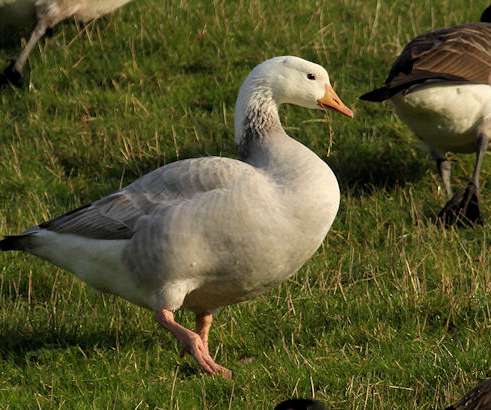
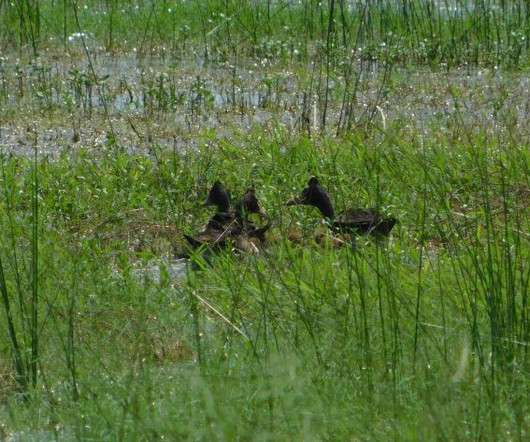





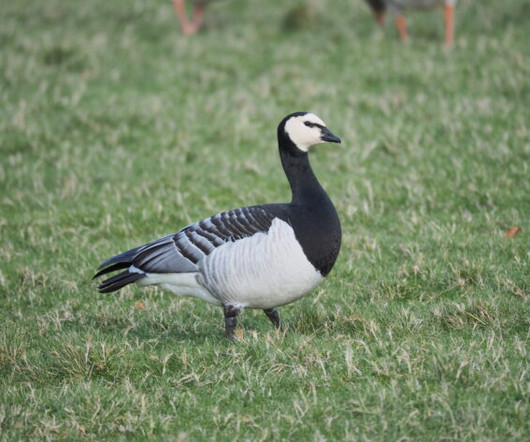


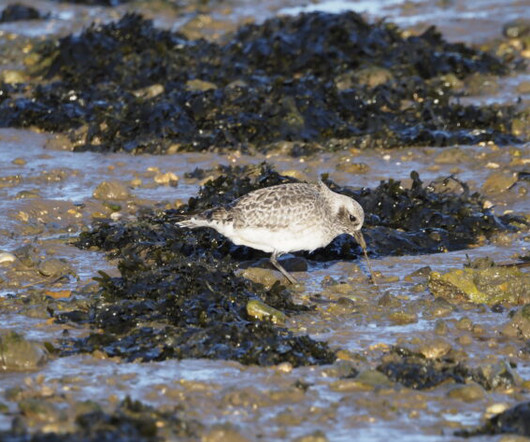
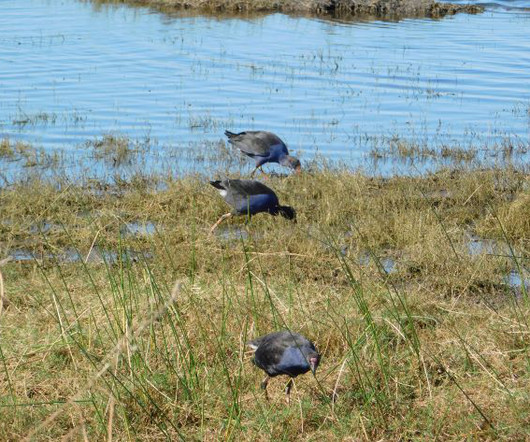


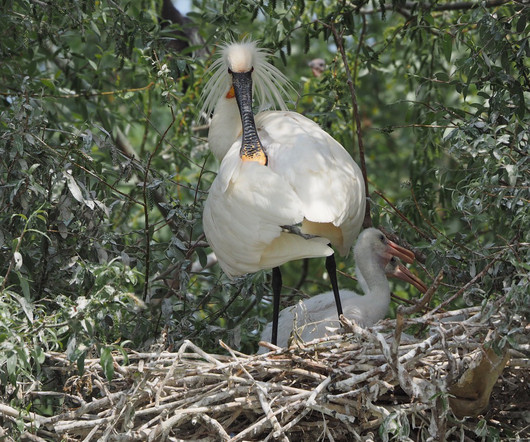




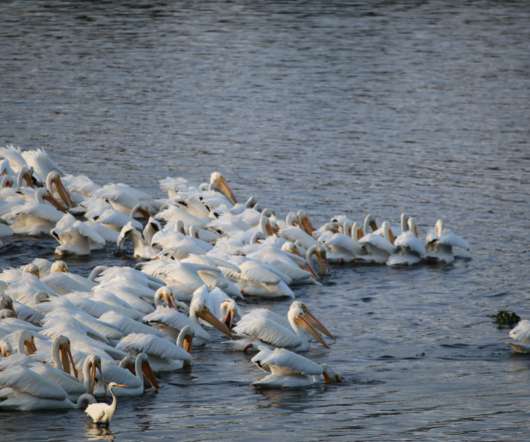
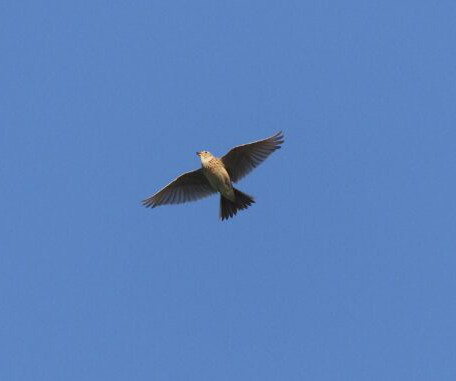



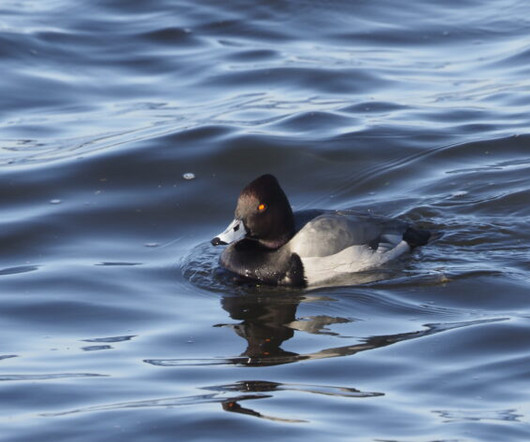
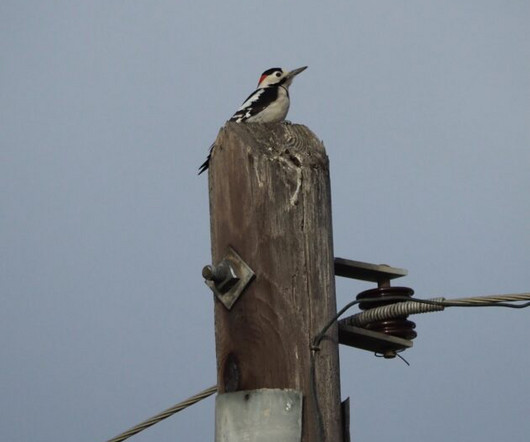





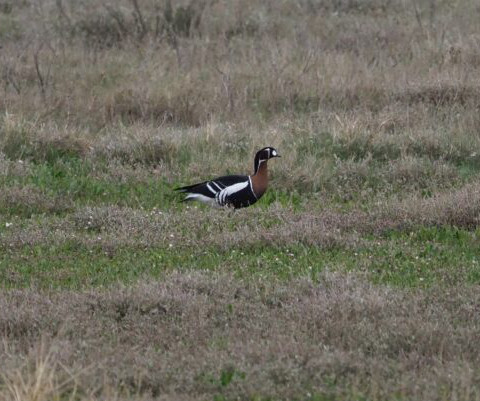







Let's personalize your content